Are you a beginner in the photography industry and interested in the macro in form of photography? Well, you will learn all about macro photography today.
I prepared a list for you. The film begins with details of macro photography ideas, magnification on a macro lens, and finally, the best option for taking macro photos.
Follow my route, the beginning is always essential, and you will learn the depth of field of macro photography today. So, keep calm, take a long breath, read the trail one by one, and remove confusion. Let’s learn more.
What is Macro Photography?
Macro photography is an image taken at close range, usually using macro lenses (lenses designed for closeup work).
This type of photography can be used in many different ways including artistic purposes, scientific research, product marketing, and even commercial art.
Do you ever wonder about seeing a tiny Grasshopper through a lens? What will it look like? Seeing a small object like a big one through a microscope is fascinating.
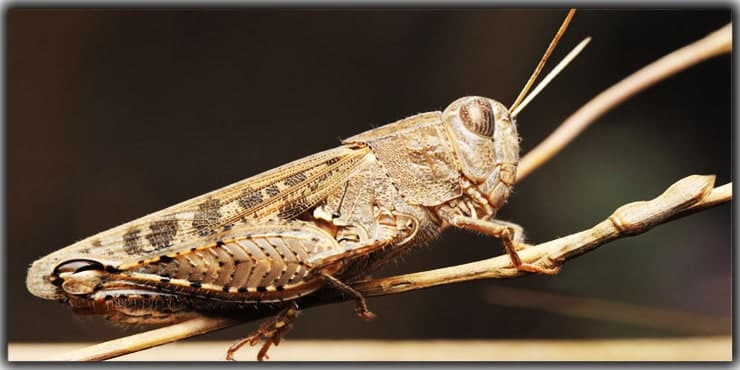
Macro photography takes a close-up snapshot of small things like water drops, flowers, feathers, and so on. Whether indoor or outdoor, whatever the location is, a macro photographer, many macro photography ideas are available to do.
Identically, when you capture close-up photos of a small object to show it as giant or “life-size,” we call macro photography.
Hence, every camera lens has a sensor specified to a specific measurement. It is called macro photography if you are taking a picture of an object similar to your camera or image sensors measurement or smaller.
Sometimes you will hear that photographers call an image “macro” when the macro subject is a little bit larger than usual; they are saying it because of the measurement of the camera lens elements.
The Benefits of Macro Photography
Macro photography can be very rewarding if done correctly. It allows us to capture images with extreme detail and clarity. This type of photography requires a lot of patience and practice. The benefits of macro photography are many.
First, it allows us to see things we normally would not notice if they were further away.
Second, it gives us a sense of scale; when looking at a flower, for example, we can appreciate how big it really is compared to ourselves. Third, it allows us to get closer to subjects than normal photography.
Fourth, it allows us to focus on detail; we can zoom in on a leaf and examine its texture, color, shape, and so forth. Finally, it allows us to take pictures of objects that are too large to fit into our viewfinder.
The benefits of macro photography are:
1) Close-up images allow us to see things we would otherwise not notice. For example, if you take a picture of a flower, you may not realize how many tiny insects live inside the flower.
2) Macro photography allows us to capture subjects in a macro mode that are depth of field to fit into a normal lens aperture.
3) It gives us a chance to show off our artistic skills by creating interesting compositions using simple objects.
4) Close-up photograph in macro mode is fun and easy to do.
Macro Photography Guide for Beginners
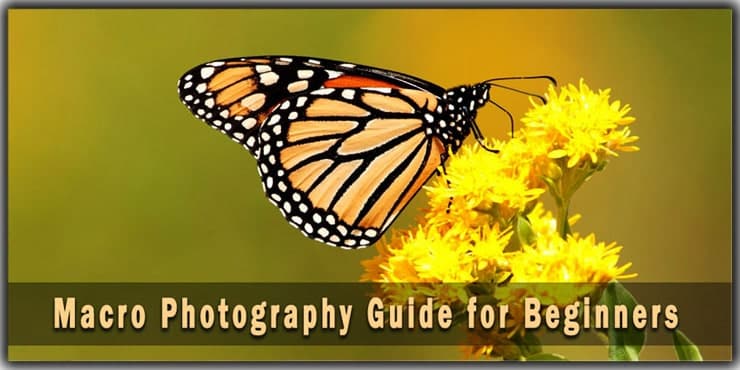
As a beginner, you need to follow the essential steps that I am stating below:
- Deeply understand the meaning of macro photography.
- Choose suitable macro photography kits.
- Give a deep dive at the depth of field.
- Learn about the most crucial part of your subject and sharp focus there.
- Keep your digital camera and flash settings or macro setting ready always.
- Know how different insects behave.
- Put attention to details to capture your image in the entire frame.
- Control shutter speed along with keeping the entire subject in focus.
What is the Magnification of a True Camera Lens?
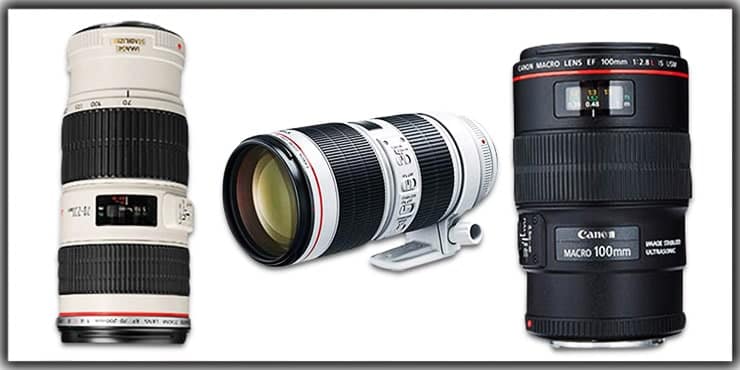
Do you want to capture a real-life image of a fly? First, it is crucial to understand how you want to show your subject in a true macro picture. The magnification formula is the camera sensor versus your subject size’s large or small number.
A “life-size” magnification macro photography has a one-to-one magnification ratio. So let’s say your camera sensor is 2 centimeters, and the length of your subject is also 2 centimeters. Then it is called a life-size subject.
Usually, DSLR or a Mirrorless camera sensor’s range starts from 17 millimeters and ends at 36 millimeters. So, a subject that is 1 centimeter in length is quite significant in size compared to the sensor range.
The subject will cover a substantial percentage of your image. If you want to take a printout of this, that insignificant subject will seem gigantic – theoretically, billboard size.
Let’s not talk about “life-size” or “half life-size.” Let me speak with the ratio size to give you a clear definition. 1:1 size magnification is called life-size, and 1:2 size magnification is called half life-size.
As soon as you know about one-tenth of life-size, you disputably are not capturing close-up or macro shooting.
How will you know that a lens is an excellent macro lenses? Typically, a unique macro lens has 1:1 magnification. However, a 1:2 magnification lens is also a perfect macro lenses, and sometimes you will find even fewer magnification lenses in the store.
Do you want to know my recommendation? You should go with a maximum of 1:2 magnification. Logically 1:1 is the best one that provides you flexibility while capturing a photograph.
Macro Photography Ideas
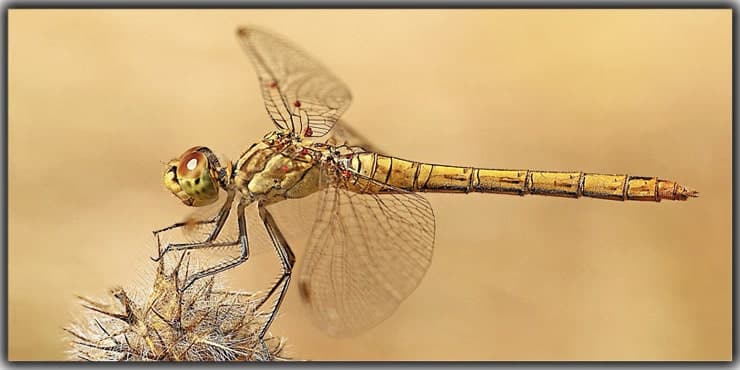
If you are looking for the best macro photography ideas and tips that can help you improve your skills. If you want to take macro photos, you have to be patient. It takes time to get good at this technique.
But once you learn how to shoot macros, you can capture some amazing images.
You will find many subjects both outside and inside your home. So, below are my macro photography ideas to start your photography career.
Stones
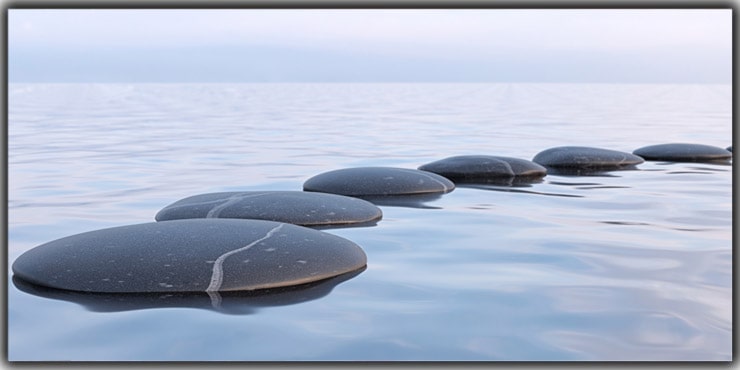
Geologists love stone and rock a lot. They work on different macro photography projects. You can join them to enhance your career, and together you can learn a lot about patterns.
You will wonder why the two stones’ pattern is not always the same. Even each stone has a different size, shape, and color.
Fruits and Vegetables

You don’t need to go outside, as fruits and vegetables are indoor macro photography ideas. However, you can save time as well by choosing these subjects.
A new world will reveal to you if you look at them closely. Fruits and vegetables will show you different colors, contrast, shapes, textures, etc.
Peeling Paint
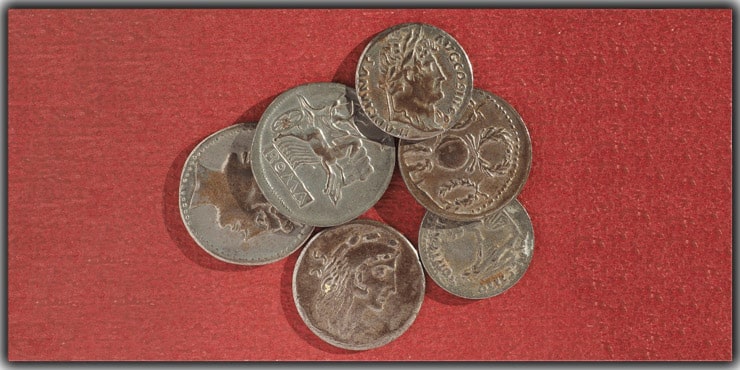
Peeling paint will give you an experience of time. In an image, you cannot show the movement of time easily. Peeling stains carries undertones of the past.
Close-up shots of an old coin or a torn outbuilding will bring you to the past.
Feathers
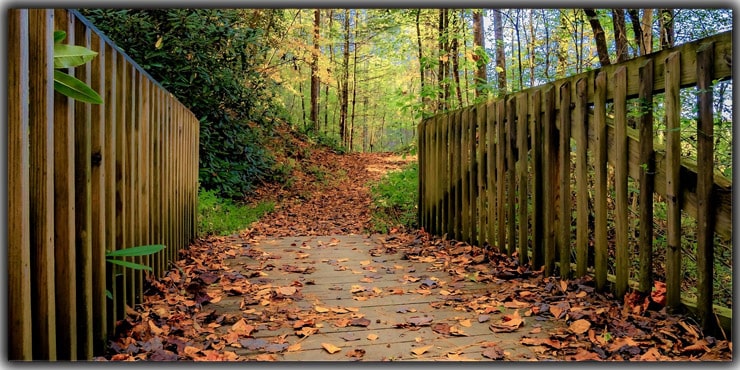
You know, nature is a great creator. You will never find the same pattern, effects, or shapes in life and creation.
This is the main reason; macro photographer looks for the subject in nature. Features can be captured so that they will display their fantastic shapes and colors.
Clothes
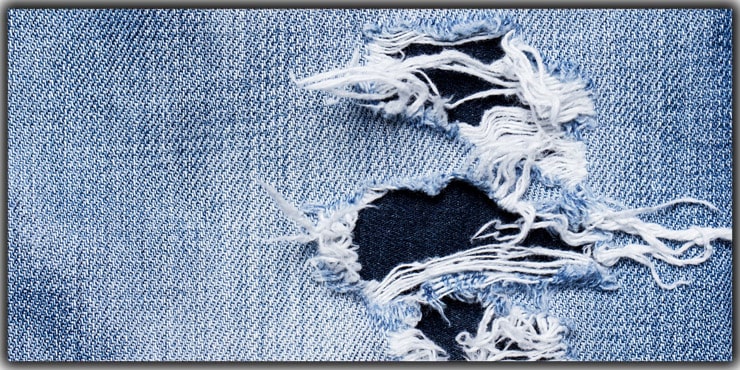
Do you ever imagine how your outfits will look in macro photographs in product photography?
Your daily towels, napkins, tablecloths, and other accessories will seem fantastic in close-up shots. Even fabric can create your patterns, creases, and textures.
Different colors in different clothes are an excellent source for any photographer.
Household Accessories
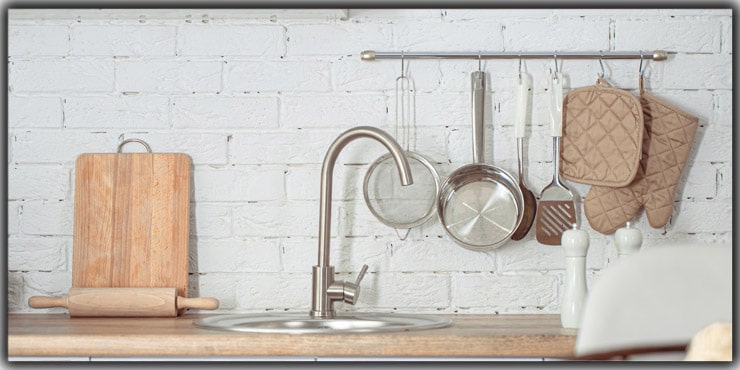
To continue your macro practice, you don’t need to buy expensive flowers or other accessories, as many are available at your home.
Walk along with your camera and think which could be the most interesting if you look so close.
You can create a landscape or an aerial photograph with available items at your home.
Leaves
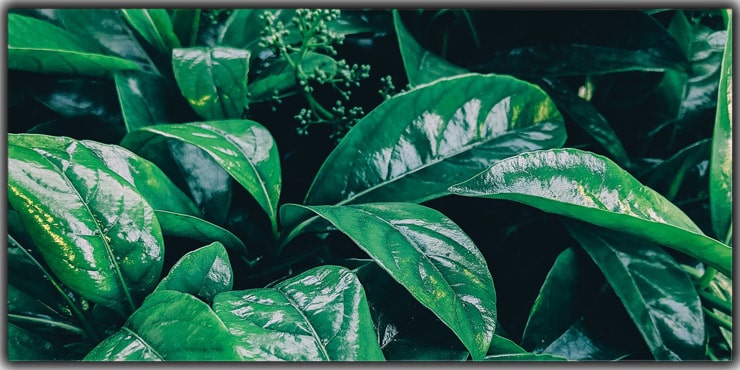
Leaves change their color in different seasons. Their colors, shapes, and textures change even after falling from trees.
Each leaf is different; if they are from the same tree, they are unique. This is an easy subject to take over as a project.
Food Photography
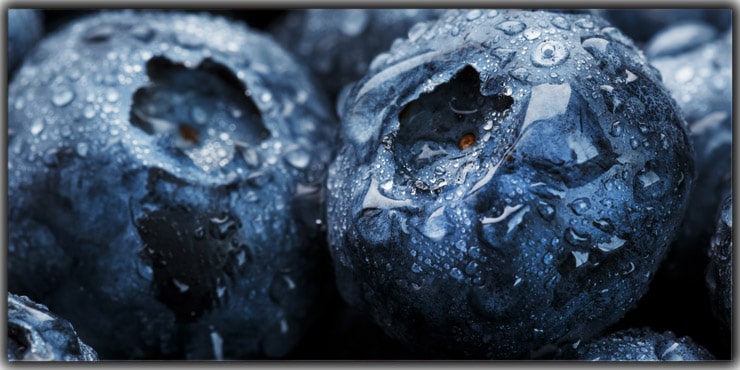
Is there anyone who doesn’t love to look at a well-decorated food plate? Well-Captured macro food photography helped to increase the customer also. The best part of food photography is you can taste the food.
Changing background color in macro food photography is inevitable because mixing the background and food colors will distract your viewer and customer.
Bugs or Insects
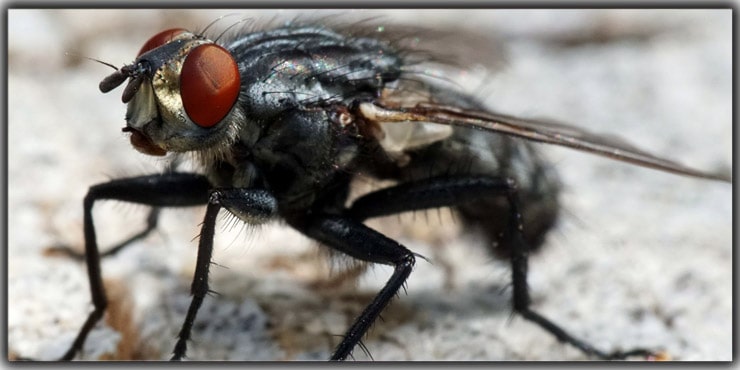
Insects are significantly small in size and dance rapidly. One of the most challenging subjects to do macro is because of their dancing. Wildlife photographers are tremendous experts in capturing bugs or insects macro.
They often use laser movement sensors to catch stunning photos of insects. But don’t think that you can capture a macro if you don’t own this kind of sensor. You have to give it a try to get successful.
Flowers
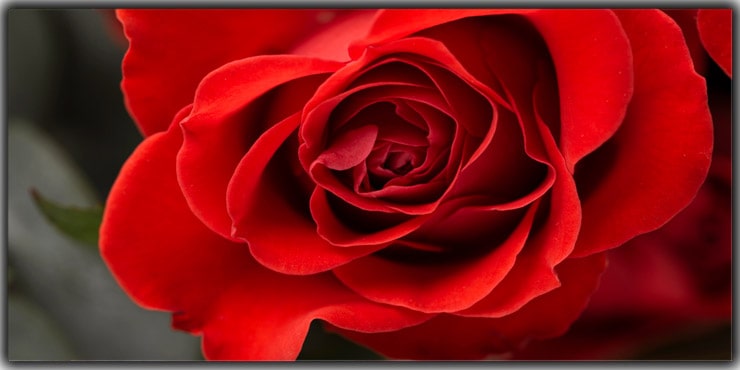
You will not find a single photographer who did not do macro photography of a flower at its beginning stage. A flower shows several colors, shapes, and patterns, from buds to a flower.
You will overwhelm by looking at a flower’s colors, shapes, and patterns through a macro lens. But, quickly, you can create the right image.
You will never feel bored capturing flower images because a wide range is available.
Water Drops or Droplets

Do you ever look at a water drop to know its color? I am sure, and you are not looking at it. Yet taking a snapshot of a water drop or any splashes is not easy, but once you capture it, you will see the magic inside them.
A high-speed camera setting and accurate timing are significantly needed to obtain a water drop. In addition, you need to be remarkably patient, and hard to be a macro photographer for water drops.
Eyes
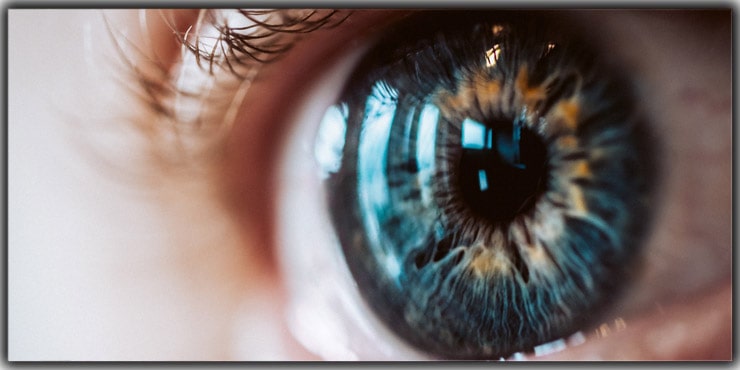
A human may look big to be a subject of macro photography. However, the eyes are the most valuable part of the human body. Our eyes talk as per our emotions.
Therefore, you will find different colors and looks that provide many macro ideas.
The most important thing about the eyes is human eyes are unlimited, and each eye is unique in color and pattern.
Oily Water
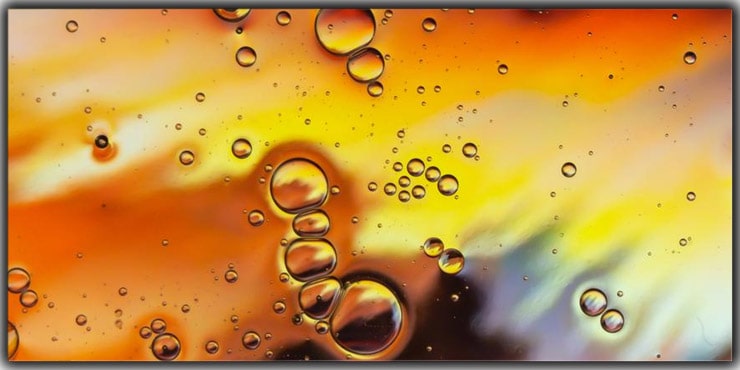
You don’t need to go outside for macro photography ideas. Mixing oil and water is perfect for creating the best indoor macro photography ideas.
Then, put some colored lights under the crystal plate to get a better macro image.
Bubbles

If it goes outside? Don’t worry. Use bubbles as your subject. Arrange natural light or a new lighting setup to get a fantastic macro photo.
It is recommended to use colorful macro light to create lively amazing images that provide a pleasant texture.
Water Glass
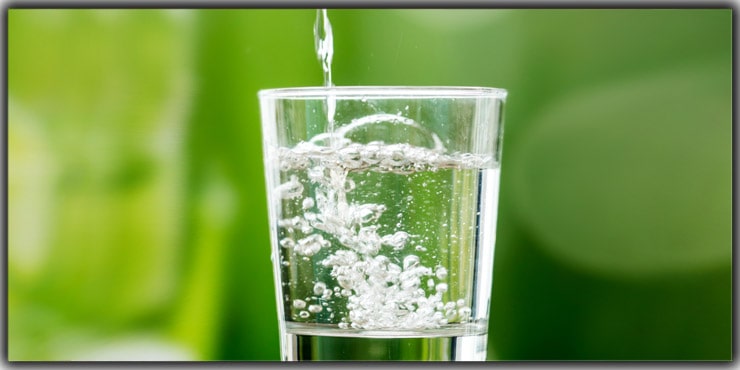
Water glass is an excellent source of macro photography. Do experiments with water glass. Break glass to create lines and patterns; you can get an image with splendid intangible outlines and textures.
Another remarkable macro photography idea around the house is filling the glass with different colored water.
You can quickly become a macro photography master within a few months. Subjects are all available both outside and indoors. You need to pick one and start practicing until you reveal the beauty of unique macro photography.
Macro Photo Editing to Create Stunning Image
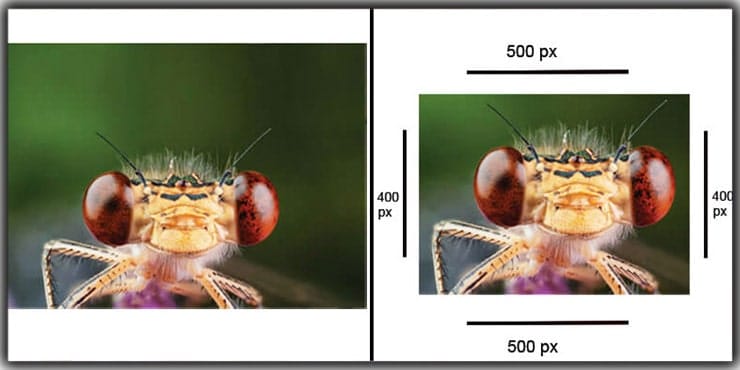
Are you not able to edit photos to create a fantastic macro photograph? Are you struggling with post-processing? Then, I am excited to share the steps to create stunning and creative macro photography.
Capture Image in RAW
Generally, every camera has two file formats. JPEG and RAW. JPEG saves an image in a compressed file; on the other hand, RAW saves an uncompressed file.
Images can easily be edited in RAW file formats because there is a chance of discarding a picture if you keep it in JPEG format. But RAW files contain all the information related to an image.
That means you can re-process your image in RAW format.
So, for example, a photographer can easily change the white balance to highlight an image’s shadows in RAW formats, whereas a lot of work is required to do the same job in a JPEG format.
Balance the Exposure
Do you ever think of starting your work with exposure first? If it is No, you should do this from your subsequent post-processing work without fail.
You will not get a proper sense of an image if you don’t correct the exposure. Also, it will help you to determine your next step during post-processing.
Every post-processing software has an exposure slider to help you change the brightness of your image to create a close-up photography idea.
During editing, ask yourself, does the image require more highlight in the shadows? If not, move to the next level. Also, check the highlights and adjust them if needed.
Setup the White Balance
White balance plays a vital role in a macro photo. Your image will give you a smooth and warm look with proper white balance.
White balance is inevitable because a macro with unusual colors is terrible, and an appropriate choice of colors will improve the mood of your image.
Do work with the temperature slider to finalize the white balance. Go with the old end first and check till mid-range temperature to confirm a warm picture.
Compose Your Image with Crop
The crop tool creates a bold, warm, and robust image. Generating a structure that segregates your focus and makes it impressive is necessary. Also, don’t go too close to the subject. Instead, crop the image to fine-tune the image.
Following the “Rule of Thirds” is inevitable while cropping an image. So, to straighten up a copy, confirm Rule of Thirds rules is maintained.
Except for the above options, you can change the contrast level, use the clipping path for vector portrait, reduce noise to keep your photo clear, etc., can enhance the beauty of your macro photography ideas. All options are available in Photoshop.
Final Words
Taking macro images is quite tricky and different from traditional photography. A lot of practice is a must to fulfill your dream. Don’t lose your heart. Remember, “Practice Makes a Man Perfect.”
Read more:
